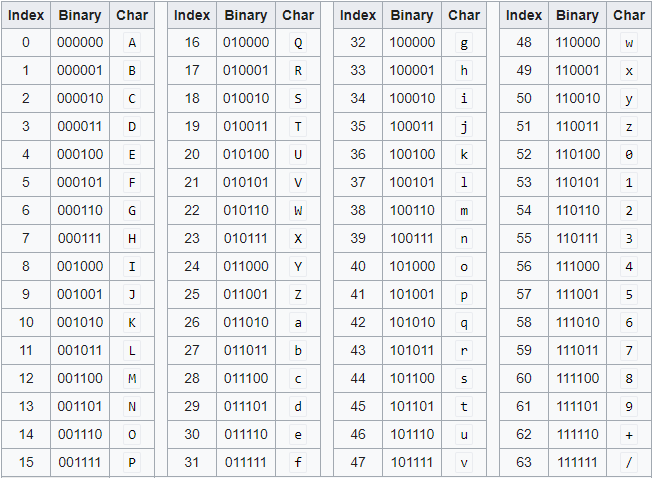
It will then be Base64 decoded when it is received so an application can use it. In those cases, your media data would be Base64 encoded when it is being sent. They were originally built to handle text data, but we also expect them to send images and other media with a message. Base64 is a popular method to get binary data into ASCII characters, which is widely understood by the majority of networks and applications.Ī common real-world scenario where Base64 encoding is heavily used are in mail servers. To work around this limitation, you can encode your data to text, improving the chances of it being transmitted and processed correctly. For example, 10110001 must be processed differently if it represents a letter or an image. This is because the meaning of a sequence of 1s and 0s is dependent on the type of data it represents. However, some communication channels and applications are not able to understand all the bits it receives. In computers, all data of different types are transmitted as 1s and 0s. With that deeper understanding of how it works, let's look at why would we Base64 encode our data. To Base64 encode a string, we convert it to binary sequences, then to decimal sequences, and finally, use a lookup table to get a string of ASCII characters. You can verify this result with an online converter. Continuing this lookup for all decimal values, we can determine that "Python" is represented as UHl0aG9u when Base64 encoded. Then we look at 7 and observe it's mapped to H. Using our last result, we get the following decimal values: 20 7 37 52 26 6 61 46Īs you can see, the value 20 corresponds to the letter U. With our data in groups of 6 bits, we can obtain the decimal value for each group. If that occurs, we have to pad the sequence. Note: Sometimes we are not able to group the data into sequences of 6 bits. We now re-group the 8-bit binary sequences into chunks of 6 bits. Recall that Base64 characters only represent 6 bits of data. The ASCII values of the characters P, y, t, h, o, n are 15, 50, 45, 33, 40, 39 respectively. Let's see how it works by converting the string "Python" to a Base64 string. Using a base64 encoding table, assign the respective base64 character for each decimal value.Convert the 6-bit binary groups to their respective decimal values.Convert the 8-bit chunks into chunks of 6 bits by simply re-grouping the digits.Calculate the 8-bit binary equivalent of the ASCII values.


We will illustrate how Base64 encoding works by converting text data, as it's more standard than the various binary formats to choose from. Now that we know what Base64 encoding and how it is represented on a computer, let's look deeper into how it works. Note: This is not an encryption algorithm, and should not be used for security purposes. When the computer converts Base64 characters to binary, each Base64 character represents 6 bits of information.

The name of this encoding comes directly from the mathematical definition of bases - we have 64 characters that represent numbers. In mathematics, the base of a number system refers to how many different characters represent numbers. What is Base64 Encoding?īase64 encoding is a type of conversion of bytes into ASCII characters. We will then use Python to Base64 encode and decode both text and binary data. In this tutorial, we would learn how Base64 encoding and decoding works, and how it can be used. By encoding our data, we improve the chances of it being processed correctly by various systems. Files with binary data, bytes that represent non-text information like images, can be easily corrupted when being transferred and processed to text-only systems.īase64 encoding allows us to convert bytes containing binary or text data to ASCII characters.
BASE64 ENCODING PYTHON PDF
Have you ever received a PDF or an image file from someone via email, only to see strange characters when you open it? This can happen if your email server was only designed to handle text data.


 0 kommentar(er)
0 kommentar(er)
